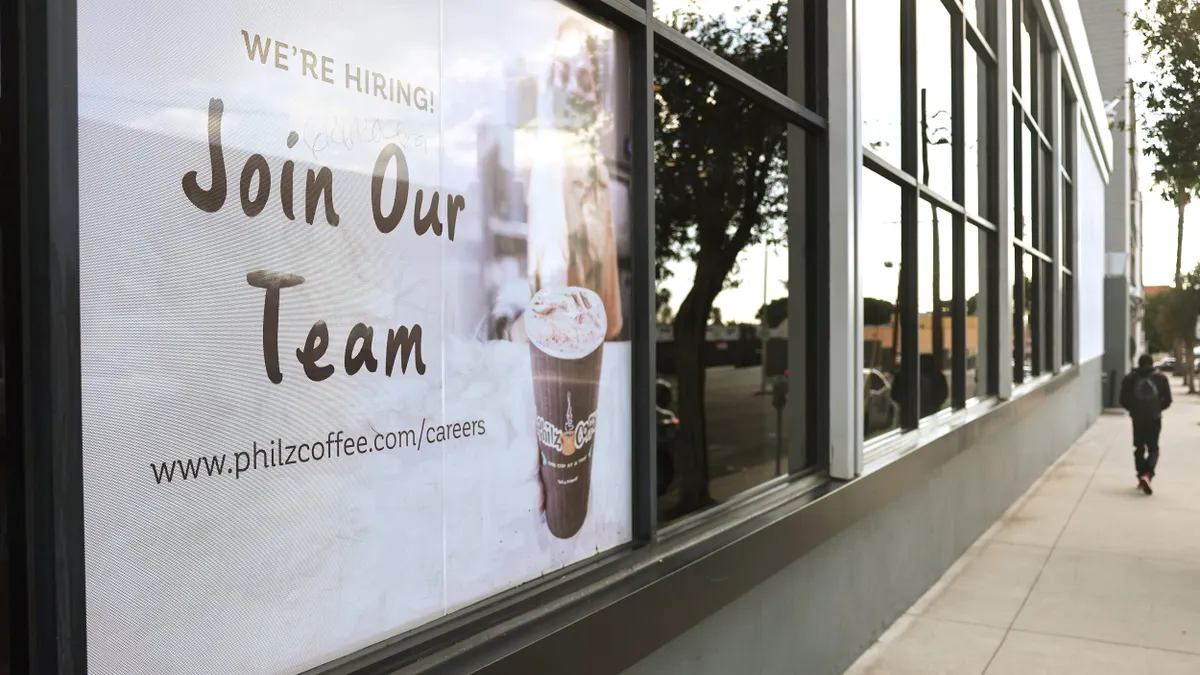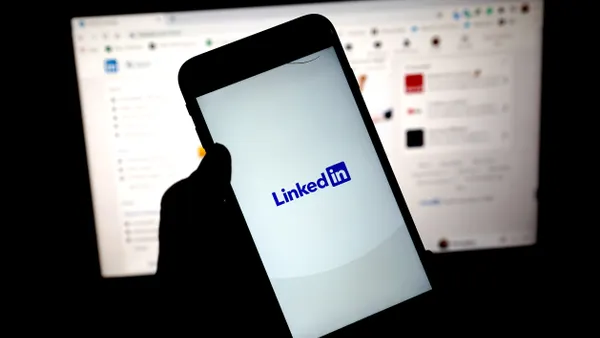Long COVID-19 is expected to affect the labor force, but the statistics that have emerged on the topic vary. According to the Centers for Disease Control and Prevention, 19% of those who have had coronavirus have long COVID-19. A UCLA study put the number at 30%.
But when it comes to health claims, the numbers could look much different, Janet Young, lead clinical scientist at health data analytics company Springbuk, told HR Dive. In reviewing hundreds of thousands of employee health claims, Springbuk found that only 1.8% of workers who’ve had COVID-19 have also been diagnosed with long COVID-19.
Why underreporting happens
There are likely several reasons for the low number, Young said. First, it helps to understand long COVID-19 — or to understand why it’s hard to understand. The CDC describes the condition as “new, returning, or ongoing health problems that people experience after being infected with the virus that causes COVID-19,” including tiredness or fatigue, fever, shortness of breath, cough, difficulty concentrating, sleep problems and joint pain.
People experiencing the condition may have one, a few or many symptoms; they may have them continuously or symptoms may disappear and recur; and they may see them improve on their own. While the CDC identifies long COVID-19 starting at four weeks after a person’s COVID-19 diagnosis, the World Health Organization has suggested it usually begins within three months of the diagnosis.
With such ambiguity around what long COVID-19 is, which symptoms can be attributed to it and when it should be diagnosed, physicians may be reluctant to code a set of symptoms as long COVID-19 when billing insurance. “I think there are times that [doctors] may put down the symptoms someone is having, but they don't actually put a diagnosis of long COVID,” Young said.
In addition, not everybody with long COVID-19 symptoms goes to see their doctor. People may be having symptoms “and just deciding, ‘I don't feel that good. But … I'm just going to wait around and see what happens,’” Young said.
Those who feel particularly bad for a particularly long period of time may drop out of the workforce entirely. In fact, up to 4 million full-time equivalent workers may be sidelined, according to an August analysis from the Brookings Institution.
The takeaway for employers
For a more accurate picture of how long COVID-19 is affecting employees — and how it may affect policies and costs down the road — employers should shy away from using only health claims data, Young said. “Trying to determine the impact of [long] COVID is going to take some more complicated analysis than just looking at this one code.”
Employers should also keep in mind that federal agencies have identified long COVID-19 as a disability protected under the Americans with Disabilities Act, which means employees have a right to reasonable accommodations to manage the condition while working — potentially including options like remote work and a flexible schedule.
“I would assume that there are more people — what you’re seeing with long COVID, that’s kind of the minimum … there’s probably more than that,” Young said.
Correction: A previous version of this article mischaracterized the data employers should use to ascertain how long COVID-19 is affecting employees. This article has been updated to reflect that employers should shy away from using only health claims data for this purpose.












